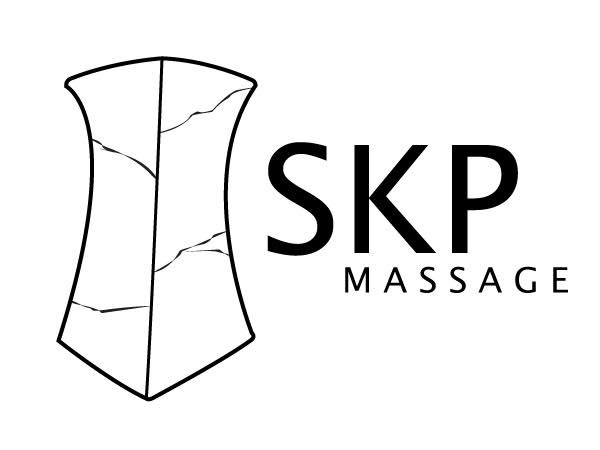You’ve heard deep tissue massage works wonders for stubborn knots and chronic tension. But those whispers about pain might have you wondering: “Is deep tissue massage supposed to hurt?”
Let’s settle this once and for all: No, it shouldn’t be excruciating. While firm pressure is involved, true deep tissue work targets relief – not punishment. Here’s what to really expect:
Is Deep Tissue Massage Supposed to Hurt? Busting the “No Pain, No Gain” Myth
The biggest misconception? Thinking you need to grit your teeth for results. Pain actually triggers muscle guarding – causing fibers to contract protectively (Cleveland Clinic explains this reflex). Skilled therapists use slow, deliberate strokes to access deeper layers without activating your fight-or-flight response.
Pain Expectations: “Good Hurt” vs. “Bad Hurt”
-
The “Good Hurt”: A deep, satisfying ache as tension releases. Intense? Sometimes. Unbearable? Never. You should think: “I can breathe through this.”
-
“Bad Hurt” Red Flags: Shooting pain, burning, numbness, or anything making you flinch/hold breath. This means your therapist should ease up immediately.
Your #1 Tool: Communication!
This isn’t an endurance test. Your therapist craves your feedback! Speak up:
- “This spot needs lighter pressure”
- “That intensity is perfect – keep going!”
Remember: Silence = assumed consent.
Who Benefits from Deep Tissue Massage?
Deep tissue is ideal for folks dealing with:
- Chronic muscle tension—especially in the neck, shoulders, lower back, or hips
- Overuse or repetitive strain from physical labor or exercise
- Poor posture that’s created long-term tightness
- Injury recovery (with clearance from a healthcare provider)
We tailor every session to your body and your needs. That might mean spending more time slowly warming up tissues before applying deeper pressure—or incorporating stretching, myofascial work, or cups to assist release without extra discomfort.
What About After-Session Soreness?
Mild tenderness (like post-workout feelings) for 24-48 hours is normal. Hydrate well and use gentle heat. But bruising or sharp pain? Uncommon – discuss with your therapist.
5 Tips for Truly Effective Deep Tissue
If you’re booking a deep tissue massage, here are a few tips to get the most from your session:
- Hydrate—Your muscles need water before and after the session.
- Communicate—Let us know your goals, pain tolerance, and any concerns.
- Take it easy afterward—You might feel a little sore the next day (like post-workout soreness), but you should also feel looser and more mobile.<
The Bottom Line
Is deep tissue massage supposed to hurt? Absolutely not. It should feel like targeted tension melting – not torture. Discomfort? Okay. Agony? Never. This is a partnership where your voice steers the session.
Ready for pain-free relief? Book with confidence – your muscles (and sanity) will thank you!


Recent Comments